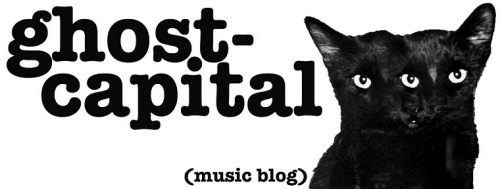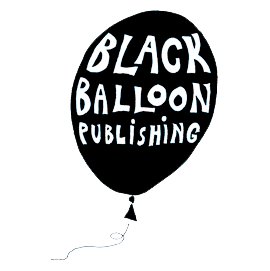
Some folks make New Years resolutions to drink less and exercise more. This year, I’ve resolved to write better marginalia in the books I read.
In the December 30 issue of the New York Times Magazine, Sam Anderson offers a sampling of his marginalia from some of the books he read in 2011. I admire Anderson for this—it’s like peeking inside another’s intellect and imagination. And his article inspired me to take a closer look at what I write (or don’t write) in the books I read.
I am currently reading Dostoevsky’s The Idiot. Which means Dostoevsky’s text is being slowly invaded by my own jottings. I underline, I circle, I draw arrows to connect specific words and phrases, I use exclamation marks to highlight passages I like and large Xs to cross out phrases or plot developments I find obnoxious. And like Anderson, I’m a chronic margin scribbler.
Sometimes my comments are of the ordinary roadmap variety (page 31: “Note importance of physiognomies in D’s descriptions”). Other times, they might point out parallels with other characters/works (page 227: “Note similarities to Raskolnikov’s wandering in C&P) or try to draw out the philosophical depths of Dostoevsky’s story (page 226: “pre-epileptic epiphanic illumination --> higher existence --> fleeting --> sublime moments of infinite clarity and understanding accompanied by suffering”). These notes aren’t intended for some greater end or project (although, come to think of it, it would be interesting to trace the meaning, use, and development of human “strain” throughout Dostoevsky’s novels); they simply represent my brief thoughts and reflections. They help keep me engaged while I read.
Unfortunately, however, I’m a hyper-self-conscious marginalia writer. I dwell too much over the right words, worry too much about trying to express an exact thought. Perhaps I’m also worried about what others might think if they read my scribblings. What if, after I died, a friend came across my marked-up copy of The Idiot? “Why the hell did he write that?" this friend would say. "That wasn’t what Dostoevsky was going for at all! I didn’t know Todd was such a simpleton.” But marginalia ought not be an art of perfection. It should be an informal stream-of-consciousness dialogue with the text. As Rachel recently blogged, marginalia makes reading more participatory and performative.
So as I wrap up The Idiot and begin re-reading The Brothers Karamazov, I’m resolved to become a less self-conscious and more expressive scrawler. Here’s to a 2012 filled with better marginalia.
Photo: Author























 A Black Balloon Publication ©
A Black Balloon Publication ©